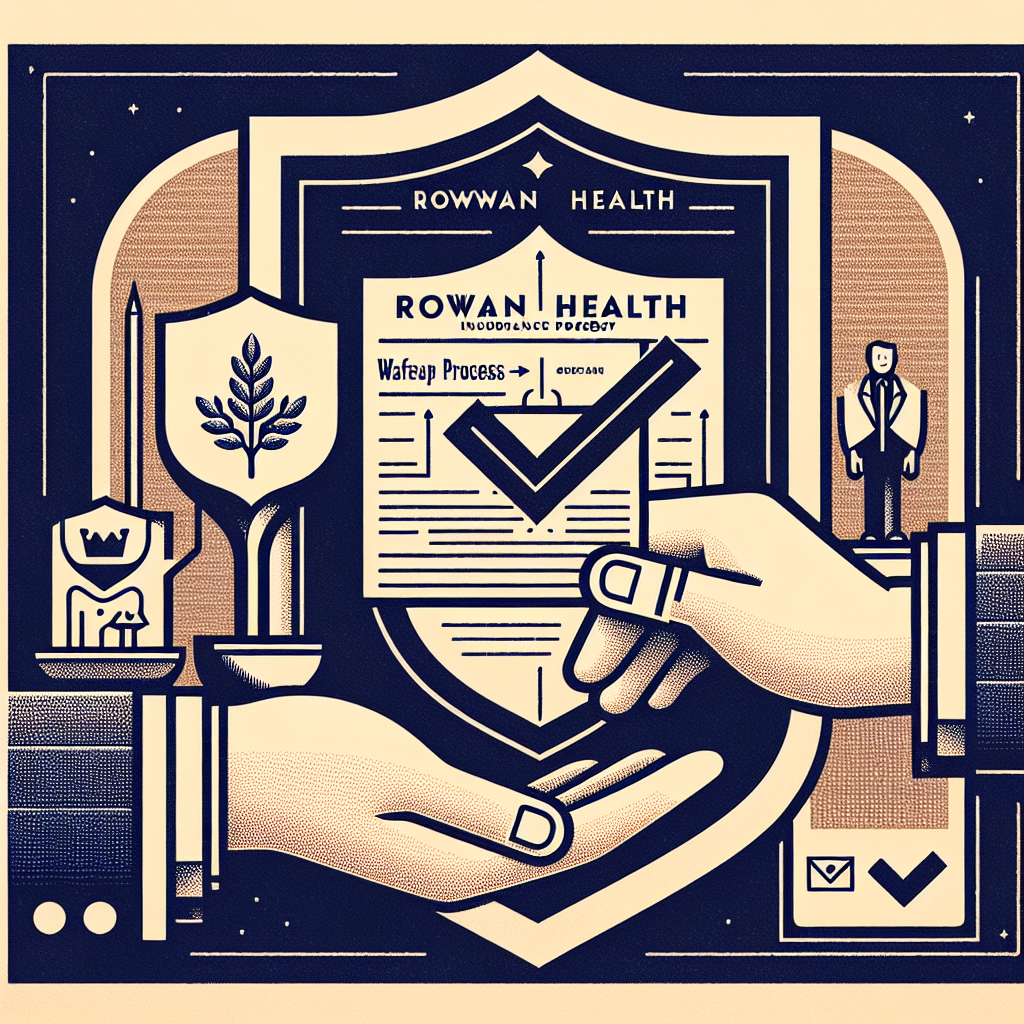Filed under Health Insurance on
Understanding MTA Health Insurance: Key Benefits & Options

The world of health insurance can often seem daunting and complex, especially when navigating the specific landscape of MTA Health Insurance. For those working within the Metropolitan Transportation Authority or considering their insurance options, understanding the essentials of this coverage is crucial. This post endeavors to demystify MTA Health Insurance, shedding light on its key benefits and available options for policyholders. By the end of this detailed guide, you will gain valuable insights into how these insurance plans work and how they can benefit you and your family.
What Is MTA Health Insurance?
MTA Health Insurance refers to the suite of health insurance plans available to employees of the Metropolitan Transportation Authority. As one of the largest public transit authorities in the United States, the MTA offers comprehensive health benefits to its workforce. These benefits are designed to cater to a wide range of medical needs while providing financial security and peace of mind. Understanding the core aspects of MTA Health Insurance can guide employees in making informed decisions regarding their healthcare.
The Structure of MTA Health Insurance
MTA Health Insurance is meticulously structured to offer various coverage levels, accommodating the distinct needs and preferences of its diverse employee base. The health plans typically include options like HMO (Health Maintenance Organization), PPO (Preferred Provider Organization), and HDHP (High Deductible Health Plan). Each type comes with its unique features, which can significantly impact how policyholders access healthcare services and manage costs.
Key Benefits of MTA Health Insurance
Comprehensive Coverage
One of the standout features of MTA Health Insurance is its comprehensive coverage. These plans typically encompass a wide array of medical services, stretching from routine check-ups and preventive care to more advanced treatments and surgical interventions. This broad coverage ensures that employees can access necessary healthcare services without undue financial burden, fostering a healthier and more satisfied workforce.
Affordability
Affordability is a significant advantage of MTA Health Insurance. Employees benefit from subsidized premiums and manageable out-of-pocket costs, making healthcare more accessible. The financial support provided by the MTA helps alleviate some of the economic pressures associated with medical care, allowing employees to focus more on their health and well-being rather than the cost of treatment.
Network Flexibility
Another appealing aspect of MTA Health Insurance is its network flexibility. Depending on the selected plan, employees might have the freedom to choose from a wide network of healthcare providers or seek care outside of the network if necessary. This flexibility is particularly beneficial for those requiring specialized care or preferring certain physicians, as it ensures continuity and quality in the healthcare experience.
Access to Preventive Services
Emphasizing preventive healthcare, MTA Health Insurance often includes a plethora of preventive services at no additional cost to employees. These may include vaccinations, screenings, and annual wellness exams, which are pivotal in detecting health issues early and maintaining overall well-being. By prioritizing preventive care, the MTA not only helps safeguard employee health but also reduces long-term medical costs.
Options Available with MTA Health Insurance
Health Maintenance Organization (HMO) Plans
HMO plans under MTA Health Insurance offer an integrated approach to healthcare, focusing on in-network services to control costs. Employees choose a primary care physician (PCP) who acts as the gatekeeper to other necessary medical services. While this structure can limit some aspects of provider selection, it generally results in lower premiums and out-of-pocket expenses.
Preferred Provider Organization (PPO) Plans
The PPO plans provided by MTA offer more flexibility, allowing employees to consult any healthcare provider, in or out of their network, without a referral. This plan usually comes with higher premiums, but the added flexibility may be worth the cost for those valuing choice in their healthcare decisions. It’s a popular option for employees with specific doctor preferences or those needing specialized care.
High Deductible Health Plans (HDHP)
High Deductible Health Plans are designed for employees who prefer lower monthly premiums in exchange for a higher deductible. These plans are often paired with Health Savings Accounts (HSAs), allowing employees to save money tax-free for medical expenses. HDHPs can be a strategic choice for healthy employees who anticipate minimal healthcare needs, offering an opportunity to save on premiums and build a financial cushion for future healthcare expenses.
Considerations When Choosing MTA Health Insurance
Choosing the right MTA Health Insurance plan requires careful consideration of several factors. One must evaluate their healthcare needs, financial situation, and the importance of flexibility in provider choice. Additionally, understanding the potential tax advantages of HSAs with HDHPs or the referrals required in HMO plans can influence decision-making.
Employment Status and Eligibility
Eligibility for MTA Health Insurance is typically contingent on employment status. Full-time employees generally have access to a wider range of benefits compared to part-time or temporary staff. As such, consideration of not only current healthcare needs but also anticipated changes in employment status and life circumstances is crucial when selecting a plan.
Family Needs
For employees with families, the breadth of coverage for dependents is a vital consideration. Evaluating how the plan accommodates family members, including child coverage and services for spouses, can play a significant role in the decision process. Plans that offer robust family services and child wellness programs might be more appealing to employees with growing families.
Trends in Health Insurance and Their Impact on MTA Plans
The landscape of health insurance is continually evolving, driven by technological advancements and regulatory changes. Telemedicine, for instance, has become an indispensable tool, offering remote consultation capabilities that have been integrated into many MTA Health Insurance plans. Staying informed about these trends helps employees make the most of their benefits.
Moreover, legislative shifts can impact plan offerings and costs. Keeping abreast of healthcare policy changes ensures that MTA employees are prepared for potential adjustments in their health insurance options. This proactive approach allows for seamless transitions and continued access to optimal healthcare services.
Conclusion
Understanding MTA Health Insurance is pivotal for Metropolitan Transportation Authority employees. Recognizing the diverse array of plans and their corresponding benefits ensures that informed decisions are made in alignment with individual needs and lifestyle choices. As the landscape of healthcare continuously evolves, staying updated on trends and legislative adjustments will empower employees to maximize their health benefits. Navigating MTA Health Insurance doesn’t need to be an overwhelming task; equipped with comprehensive knowledge and strategic foresight, individuals can ensure both their health and financial well-being are protected effectively.
Informed choices create powerful advantages, paving the way for healthier, more secure futures under the comprehensive umbrella of MTA Health Insurance.





